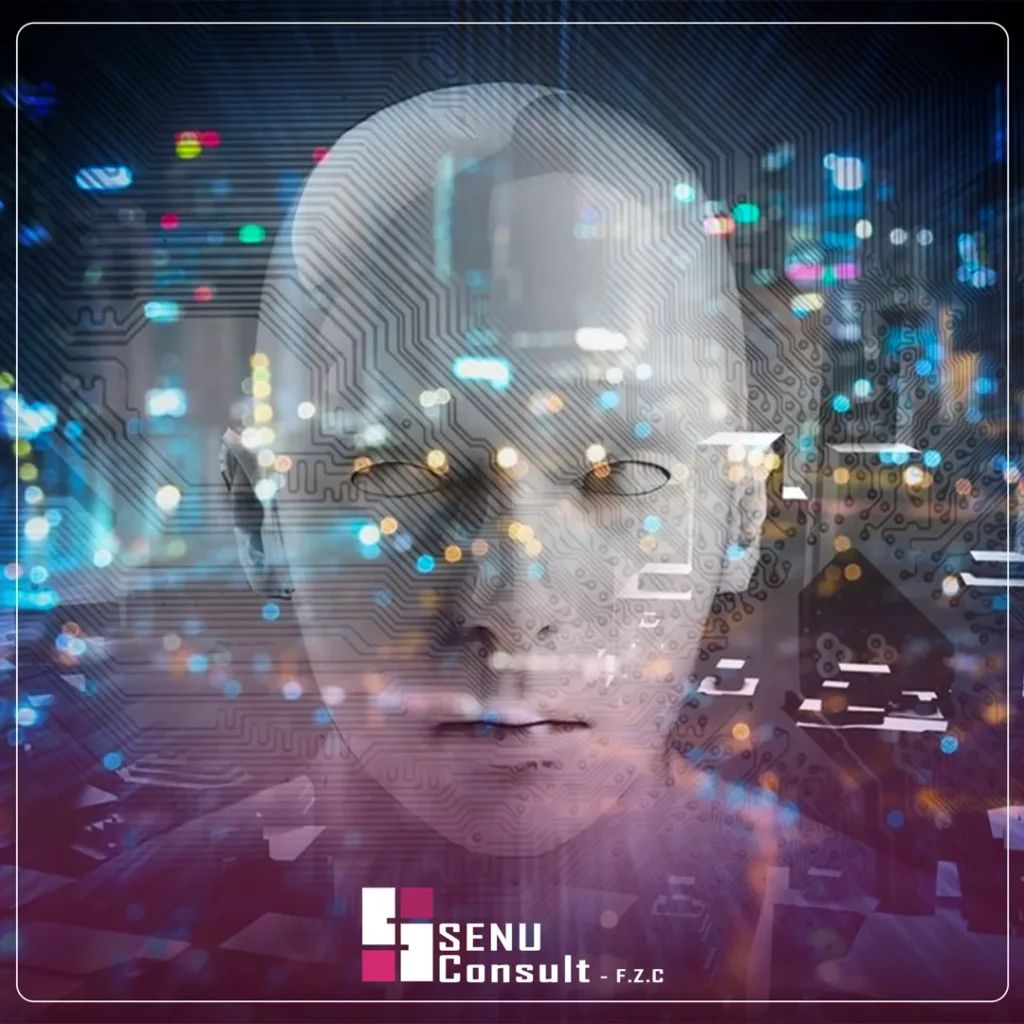The Connected Future: Digitalization, Digital Twins, PAT, and AI in Industry
The industrial landscape is undergoing a profound transformation, moving rapidly toward what is often termed Industry 4.0 and even Industry 5.0. This evolution is driven by the convergence of powerful digital technologies that create intelligent, self-optimizing, and highly efficient systems. The key enablers of this shift are Digitalization, Data Integration, Digital Twins, Process Analytical Technology (PAT), and Artificial Intelligence (AI), which together form a holistic framework for the modern enterprise.
Digitalization and the Foundation of Data Integration
Digitalization is the overarching process of using digital technologies to change a business model and provide new revenue and value-producing opportunities. At its core, it’s about transforming information from physical sources—like machines, sensors, and processes—into a structured digital format (Chen et al., 2020; Aramco, no date). This transformation is essential because data is the new raw material of the digital economy.
The critical bridge between the physical and digital world is Data Integration. In a complex industrial setting, data is generated by disparate sources—from Internet of Things (IoT) sensors on the factory floor to enterprise resource planning (ERP) systems (DataScienceCentral.com, 2025; Ma et al., 2024; DGA, 2022). Effective data integration ensures a seamless, real-time, bidirectional connection between these systems, consolidating information into a unified, accessible platform (De la Fuente et al., 2022; Chen et al., 2020; DGA, 2022). This unified data stream is vital for accurate modeling, analysis, and decision-making, directly addressing one of the major challenges of industrial systems (DataScienceCentral.com, 2025; Avenga, no date; DGA, 2022). Without robust data integration, the power of subsequent technologies like Digital Twins and AI is severely limited.
Digital Twins: The Virtual Mirror of Reality
A Digital Twin (DT) is a virtual representation of a physical asset, process, or system that is continuously updated with real-time data from its physical counterpart (IBM, no date). Originating from NASA’s Apollo program, the concept has evolved into a cornerstone of modern industrial operations (Chen et al., 2020; Rojas et al., 2025).
The Digital Twin thrives on the integrated data stream, allowing users to:
- Monitor the asset’s current state and performance in real-time (Ma et al., 2024; Datategy, 2025).
- Simulate “what-if” scenarios, test process changes, and optimize workflows without disrupting the actual physical operation (DataScienceCentral.com, 2025; Siemens Global, 2024). This is invaluable for rapid innovation and continuous improvement (Ma et al., 2024; Avenga, no date).
- Predict future behavior, such as potential equipment failure or product quality deviations (Ma et al., 2024; IBM, no date).
Digital Twins are used across the entire lifecycle, from design and engineering to operations and maintenance. In manufacturing, a DT can represent an entire production line or even an organization (Digital Twin of an Organization), facilitating a holistic approach to optimization (DGA, 2022; Siemens Global, 2024).
Process Analytical Technology (PAT) and Quality Control
In sectors like biopharmaceutical manufacturing, the challenge of maintaining product quality is paramount. This is where Process Analytical Technology (PAT) becomes a critical component of the digital framework. PAT is a system for designing, analyzing, and controlling manufacturing through the timely measurement of critical quality and performance attributes of raw and in-process materials and processes, to assure final product quality.
PAT instruments, which include spectrometers and other advanced sensors, provide the high-quality, real-time data needed to understand and control a process dynamically. When integrated into the broader digital ecosystem, PAT data feeds directly into the Digital Twin. This coupling allows for:
- Real-time Quality Control: Instead of testing a final product batch, quality attributes are monitored continuously, enabling instant adjustments (DataScienceCentral.com, 2025; Avenga, no date).
- Process Optimization: The data enables the identification of process bottlenecks and deviations, allowing the system to operate within an optimal Design Space defined by Quality by Design (QbD) principles (Avenga, no date).
Artificial Intelligence: The Brain of the Digital Ecosystem
Artificial Intelligence (AI), particularly machine learning (ML), is the analytic engine that extracts maximum value from the data generated by digitalization, integrated via the DT, and validated by PAT (DataScienceCentral.com, 2025; Datategy, 2025). AI transforms data from mere information into actionable insights (DataScienceCentral.com, 2025; Lawal et al., 2025).
AI’s role in this ecosystem includes:
- Predictive Maintenance: AI algorithms analyze data from the Digital Twin (e.g., vibration, temperature, and historical logs) to predict equipment failures before they occur, shifting maintenance from reactive to proactive and dramatically reducing downtime (DataScienceCentral.com, 2025; Lawal et al., 2025).
- Process Optimization: AI models can analyze complex process data to suggest or automatically implement adjustments to maximize throughput, minimize energy consumption, or improve product yield (DataScienceCentral.com, 2025; Datategy, 2025).
- Simulation and Prediction: AI enhances the Digital Twin by running sophisticated simulations and scenarios that would be impossible with traditional computational models, accelerating innovation and problem-solving (Datategy, 2025).
Generative AI (Gen AI) is an emerging force, offering tools that can accelerate the development of the Digital Twin itself by generating code or creating synthetic data to train the models, further enhancing the system’s intelligence and utility (McKinsey & Company, 2024).
Conclusion
The synergy between Digitalization, Data Integration, Digital Twins, PAT, and AI is not just an incremental improvement; it is a fundamental shift toward an Intelligent Enterprise (Chen et al., 2020; Rojas et al., 2025). This integrated digital thread allows companies to move beyond simply monitoring their operations to a state of predictive, autonomous, and self-optimizing control (Datategy, 2025). While challenges remain, particularly around initial investment, data management complexity, and interoperability (DataScienceCentral.com, 2025; Rojas et al., 2025; Avenga, no date; Lawal et al., 2025), the combined capabilities of these technologies offer unparalleled opportunities for increased efficiency, superior quality, reduced costs, and a competitive edge in a rapidly changing global market (DataScienceCentral.com, 2025; Ma et al., 2024; Siemens Global, 2024). The fully integrated digital ecosystem is the blueprint for the resilient, sustainable, and high-performance industries of tomorrow.
References
- Aramco (no date) Digital technologies: IoT and IIoT in oil & gas industry. Available at: https://www.aramco.com/en/what-we-do/energy-innovation/digitalization/digital-technologies (Accessed: 2 October 2025).
- Avenga (no date) The Potential Of Digital Twins In Biopharmaceutical Manufacturing. Available at: https://www.avenga.com/magazine/how-digital-twins-transform-biopharmaceutical/ (Accessed: 2 October 2025).
- Chen, B. et al. (2020) ‘Digital Twins in Pharmaceutical and Biopharmaceutical Manufacturing: A Literature Review’, Applied Sciences, 10(9), p. 1088.
- DataScienceCentral.com (2025) Digital Twins in manufacturing: Revolutionizing production and maintenance. Available at: https://www.datasciencecentral.com/digital-twins-in-manufacturing-revolutionizing-production-and-maintenance/ (Accessed: 2 October 2025).
- Datategy (2025) How Is AI Transforming Digital Twin in the Industry?. Available at: https://www.datategy.net/2025/02/10/how-is-ai-transforming-digital-twin-in-the-industry/ (Accessed: 2 October 2025).
- De la Fuente, A. et al. (2022) ‘Full article: Digital twin in manufacturing: conceptual framework and case studies’, The International Journal of Advanced Manufacturing Technology, 124(1-4), pp. 1107–1124.
- Digital Government Authority (DGA) (2022) Digital Twin. Available at: https://dga.gov.sa/sites/default/files/2022-08/Digital%20Twin.pdf (Accessed: 2 October 2025).
- IBM (no date) Cheat sheet: What is Digital Twin?. Available at: https://www.ibm.com/think/topics/digital-twin (Accessed: 2 October 2025).
- Lawal, S. B., Nawari, N. O. and Lawal, A. A. (2025) ‘DIGITAL TWIN INTEGRATION WITH AI-DRIVEN PREDICTIVE MAINTENANCE IN CRITICAL DATA INFRASTRUCTURE’, ResearchGate.
- Ma, J. et al. (2024) ‘Role of AI and Digital Twin in Smart Manufacturing’, ResearchGate.
- McKinsey & Company (2024) Digital twins and generative AI: A powerful pairing. Available at: https://www.mckinsey.com/capabilities/mckinsey-digital/our-insights/tech-forward/digital-twins-and-generative-ai-a-powerful-pairing (Accessed: 2 October 2025).
- Rojas, J. F., Peña, L. M. and Garcia, C. S. (2025) ‘A Comprehensive Review of AI-Based Digital Twin Applications in Manufacturing: Integration Across Operator, Product, and Process Dimensions’, ResearchGate.
- Siemens Global (2024) Digital Twin. Available at: https://www.siemens.com/digital-twin (Accessed: 2 October 2025).


